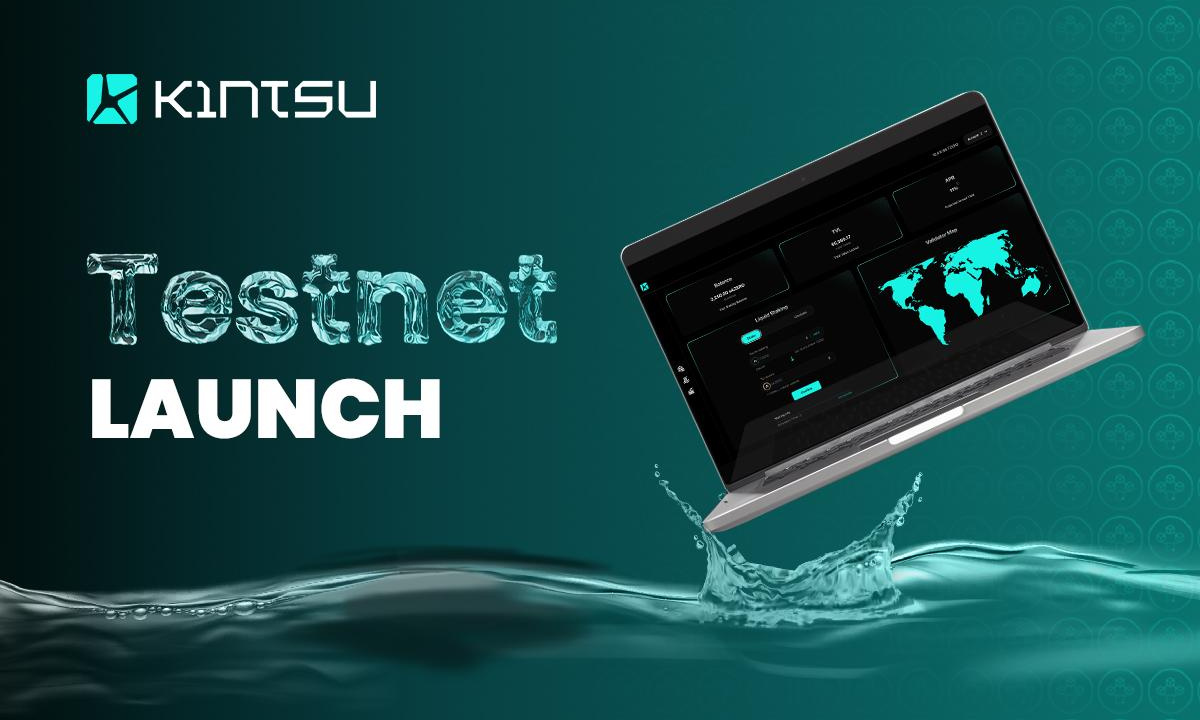Hermes Review: The Future Of Low-Cost Swaps And Unique Gauge System
Looking for a DeFi protocol that incentivizes fees over liquidity? Check out our Hermes Review post, a platform that offers low-cost trades and a unique gauge system for the distribution of inflation.
Introduction

Hermes Protocol was launched in February 2022 and started emissions in March 2022. The protocol allows liquidity providers to make decisions on adding new gauges, boosting gauge yields, voting on token emissions, and receiving bribes. The creators of the protocol were thanked for their contributions to DeFi and for building its foundations.

Hermes Protocol facilitates low-cost trades on uncorrelated or tightly correlated assets with near 0 slippages. The protocol incentivizes fees instead of liquidity, and liquidity providers are given incentives in the form of HERMES. The amount received depends on the weekly distribution weighted on votes from veHERMES holders. The distribution is made to gauges, and LPs can earn between 40% and 100% based on their own veHERMES balance. LPs with 0 veHERMES balance can earn a maximum of 40%.
What Is Hermes
Hermes is a decentralized exchange that allows users to exchange volatile assets such as DAI to WETH and stablecoins such as DAI to USDC with low fees and low slippage. Unlike traditional exchanges that match buyers and sellers, Hermes uses liquidity pools like Uniswap. In order to provide liquidity, users are rewarded with tokens. Hermes is non-custodial, which means that the developers do not have access to users’ tokens.
Hermes Rewards Fees Over Liquidity

Hermes is a new DeFi protocol that natively supports swaps between closely correlated assets via a new curve called stable swaps. The platform also supports swaps between uncorrelated assets. Hermes charges a fee of 0.01%, paid out in base assets and not converted. The Uniswap v2 compatible platform allows it to support all existing analytics tools and interfaces. Hermes also provides permissionless support for Gauges & Bribes.
Unlike other DeFi protocols, Hermes incentivizes fees instead of liquidity. Native support for adding third-party tokens and incentives is also available. Hermes lockers accumulate all fees for pools they vote emission on and increase holdings proportional to emission, with no dilution. Lockers vote on emissions with circulating supply decay, and the platform natively supports delegation.
Hermes locks are represented as non-fungible tokens, which allows for the capital efficiency of locks, allowing locking periods from 1 week to 4 years. If all participants lock, emission decreases to 0. If only 50% of participants lock, the emission is 50%, however, lockers increase proportionally to emission. Thus, Hermes is ve(3,3).
What differentiates Hermes AMM
Hermes’ Automated Market Makers (AMMs) are compatible with all standard features as popularized by Uniswap V2, including lazy liquidity provider (LP) management, fungible LP positions, chained swaps to route between pairs, and priceCumulativeLast that can be used as an external Time-Weighted Average Price (TWAP).
Additionally, Hermes adds on the following features: 0 upkeep 30-minute TWAPs that require no additional upkeep, a fee split that allows external protocols to profit from the fee claim, a new curve (x3y+y3x) that enables efficient stable swaps, and curve quoting for routing through both stable and volatile pairs. Furthermore, Hermes’ AMMs are flash loan proof and offer direct LP rewards via skim.
Hermes Token (HERMES)

HERMES token is a governance and utility token for Hermes that has recently been released.
The Hermes token has two main purposes: incentivizing liquidity providers on the Hermes Protocol platform and involving as many users as possible in the governance of the protocol. There are three main ways to use HERMES: voting, staking, and boosting. These three actions require voting to lock your HERMES and acquire veHERMES. VeHERMES stands for vote escrowed HERMES, which is simply HERMES locked for a period of time in the form of an NFT. The longer you lock HERMES, the more veHERMES you receive.
Staking HERMES allows you to receive trading fees from the Hermes Protocol. HERMES stakers receive 100% of trading fees and bribes from the pools they vote. Boosting your rewards on provided liquidity is another main incentive for HERMES. Vote locking HERMES allows you to acquire voting power to participate in the DAO and earn a boost of up to 2.5x on the liquidity you are providing on HERMES. Once HERMES holders vote-lock their veHERMES, they can start voting on whitelisting tokens. This mechanism is still being set up.

Hermes is a cryptocurrency that is currently trading at a price of $0.09581018.

- Locked supply is 98,864,736 veHERMES.
- Circulating supply is 36,168,650 HERMES.
- The locked ratio of HERMES is 73.22%.
- Weekly emissions are 1,129,093 HERMES.
- Weekly veHERMES growth is 703,859 HERMES.
- veHERMES growth APR is 37.02%.

The next rebase for HERMES is scheduled for 7:00 on April 13th, 2023.
Tokenomics
On March 12, 2022, the HERMES token was officially launched with two main purposes: incentivizing liquidity providers on the Hermes Protocol platform and involving as many users as possible in the protocol’s governance. The initial supply of veHERMES is 20 million with:
- 70% to Community Reserve Currency Maia DAO to use for the Voting Power Mining Event
- 30% to airdopped to Hermes LPs and Maia stakers (Maia DAO will use this 30% during the Voting Power Mining Event)

The initial release rate of HERMES will be around 2 million per day, gradually decreasing every week until tail emissions start. The rate of inflation is designed to put control of the DAO in the hands of liquidity providers on the Hermes Protocol.
The Voting Power Mining Event is a unique feature of HERMES. In this event, protocols receive 1% of veHERMES NFT from the initial supply, which is initially locked for four years and undiluted. Maia will vote for the protocol’s pair(s) until:
- The protocol’s pair(s) receive 5% of veHERMES initial distribution (1M HERMES)
- Until 50% of HERMES initial Total Supply has been distributed (50M HERMES)
In addition, Maia will open bonds of decentralized stable coin pairs with m.USDC and $200K capacity to partners who deploy liquidity in Hermes Protocol. To become a partner, one must become a Metis partner and deploy liquidity in the Hermes Protocol.
The calculation for next week’s emissions involves calculating the circulating supply as the total HERMES supply minus the locked veHERMES supply. The emission calculation is 98% of available supply to mint adjusted by circulating/total supply, with tail end emissions being 2% of total supply. The weekly emission takes the maximum of the calculated emission or circulating tail end emission.
Calculating veHERMES distribution involves adjusting ve balances according to the inflation rate. VeHERMES balance growth is calculated as veHERMES Total Supply multiplied by weekly emissions divided by HERMES Total Supply.
Trading Fees/Bribes
Users can claim their fees by visiting the rewards page and selecting their NFT. They can then choose which bribes to claim and click the “Claim Bribes” button. The fees are deposited as bribes, and are paid out to voters for a pool within seven days after being deposited.
To claim bribes, users must choose their NFT on the rewards page, select each pool’s checkbox, and click the “Claim Bribes” button. Users can start claiming fees as soon as they become available in the rewards page after casting their votes.
Bribes are divided among each voter’s current weight in that pool, which is proportional to their votes. This system is similar to farming with LPs but with votes.
Gauge system

The Hermes Protocol has introduced a unique system to distribute inflation to its users who provide liquidity. This system is called the gauge system, which measures the usage of liquidity provided by users. Each user’s liquidity is measured with gauges that determine how much HERMES inflation they will receive.
Each Hermes pool has its own liquidity gauge where you can stake your liquidity provider tokens. This measurement helps determine the amount of HERMES inflation that each user will receive. The more liquidity a user provides, the more HERMES inflation they will receive.
The weight system is associated with each gauge, which represents how much of the weekly Hermes inflation will be received by the liquidity gauge. The weight system helps to dictate where the HERMES inflation should go.
The DAO manages the gauge system and ensures that HERMES inflation is distributed fairly to its users who provide liquidity. By using the gauge system, the Hermes Protocol aims to incentivize users to provide liquidity and promote a healthy trading ecosystem.
Pros and Cons
| Pros | Cons |
| Low-cost trades on uncorrelated or tightly correlated assets with near 0 slippages. | Charges a fee of 0.01%, paid out in base assets and not converted. |
| Incentivizes fees instead of liquidity, and liquidity providers are given incentives in the form of HERMES. | Non-custodial means that the developers do not have access to users’ tokens. |
| Non-custodial, which means that the developers do not have access to users’ tokens. | |
| Supports all existing analytics tools and interfaces. | |
| Native support for adding third-party tokens and incentives is also available. | |
| Hermes’ AMMs are flash loan proof and offer direct LP rewards via skim. | |
| The gauge system incentivizes users to provide liquidity and promote a healthy trading ecosystem. |
Conclusion – Hermes Review
Overall, the Hermes Protocol is an innovative DeFi platform that offers low-cost trades with low slippage. It incentivizes fees over liquidity, and its HERMES token provides benefits to liquidity providers and users who participate in the protocol’s governance. The gauge system is a unique feature that promotes a healthy trading ecosystem by incentivizing users to provide liquidity. With its various features and benefits, the Hermes Protocol is a promising platform in the world of DeFi.
DISCLAIMER: The Information on this website is provided as general market commentary and does not constitute investment advice. We encourage you to do your own research before investing.



















